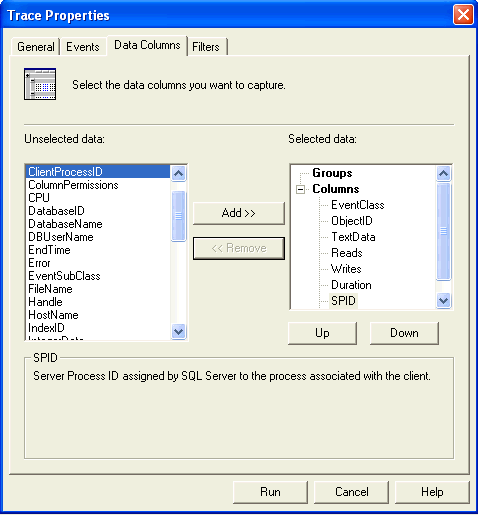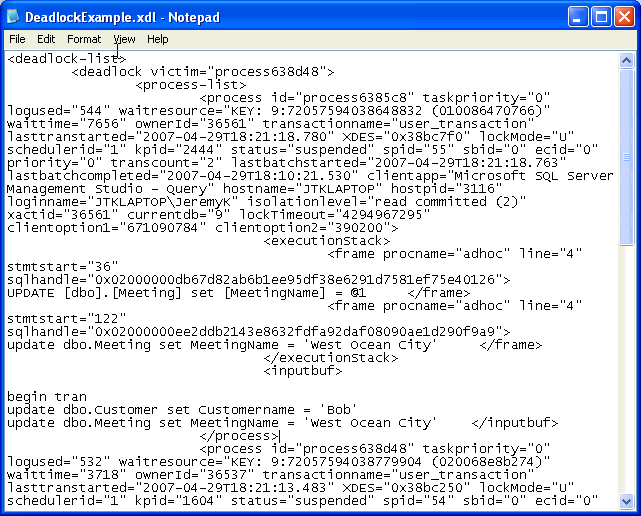

For example, if two concurrent transactions both started by requesting the lock for row 1 and later on requesting the lock for row 2. This can be achieved by ensuring that all the resources are accessed in the same order all the time. This article applies to all versions of Appian. The easiest way to avoid deadlocks is to be disciplined in your code. Users cannot start a snapshot transaction in that database until the option is fully ON. After all of the modification transactions complete, the state of the option is changed to ON. If there are active modification transactions, SQL Server sets the state of the option to PENDING_ON. When this option is turned ON, the instance of the Microsoft SQL Server Database Engine does not generate row versions for modified data until all active transactions that have modified data in the database complete. When you change your database, the change is effective on the live database, and a new copy or snapshot is created later for reading. When you run a SELECT statement with this setting enabled, you are reading from the snapshot.

This creates a snapshot, a read-only copy of the database, that is separate from your live database. SQL Server - Deadlock on clustered index. Speak to your Database Administrator about enabling the following settings within your database: SET ALLOW_SNAPSHOT_ISOLATION ON To get around this we can enable SQL Server to use “snapshots” of its data.

SELECT L.requestsessionid AS SPID, DBNAME (L.resourcedatabaseid) AS DatabaseName, O.Name. The only other way I could suggest is digging through the information by using EXEC SPLOCK (Soon to be deprecated), EXEC SPWHO2 or the sys.dmtranlocks table. In this statement, the column blockingsessionid gives you the sessionid of the connection which is blocking and the column waittype gives you the type of wait which caused the deadlock. You can use a deadlock graph and gather the information you require from the log file. This statement is based on the SYS.DMEXECREQUESTS dynamic management view. Recently I was asked about diagnosing deadlocks in SQL Server I’ve done a lot of work in this area way back in 2008, so I figure it’s time for a refresher. While the default handling of locks may be suitable to ensure data integrity, it comes at the cost of system performance, as each user/thread must wait until the lock is “broken” before it can access the data it needs to. Below is the query I have used to quickly find the deadlocks. Locking is enforced by the database to handle race conditions where multiple users/processes are attempting to access the same data within a database at the same time. Rerun the transaction.ĭepending on how the database is currently set to handle deadlocks, CPU utilization may be abnormally high as the system works to resolve the deadlocks. Rerun the transaction.Ĭaused by: .SQLServerException: Transaction (Process ID 56) was deadlocked on lock resources with another process and has been chosen as the deadlock victim. SEVERE: Transaction (Process ID 56) was deadlocked on lock resources with another process and has been chosen as the deadlock victim. In the application server log you will see the following sets of errors indicating deadlocks: logExceptions


 0 kommentar(er)
0 kommentar(er)
